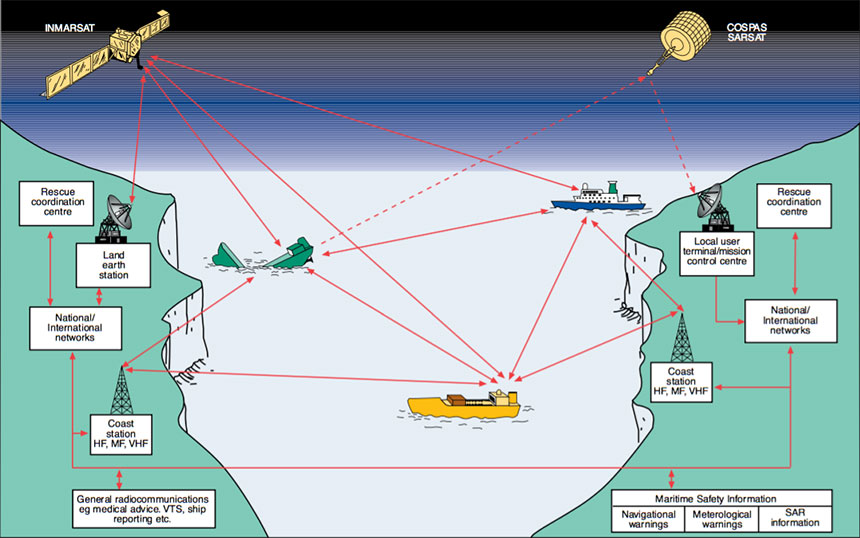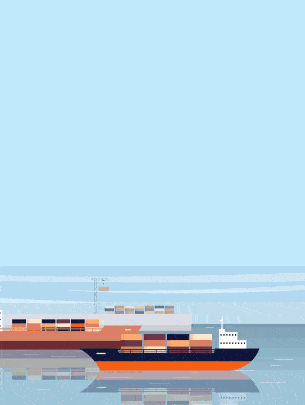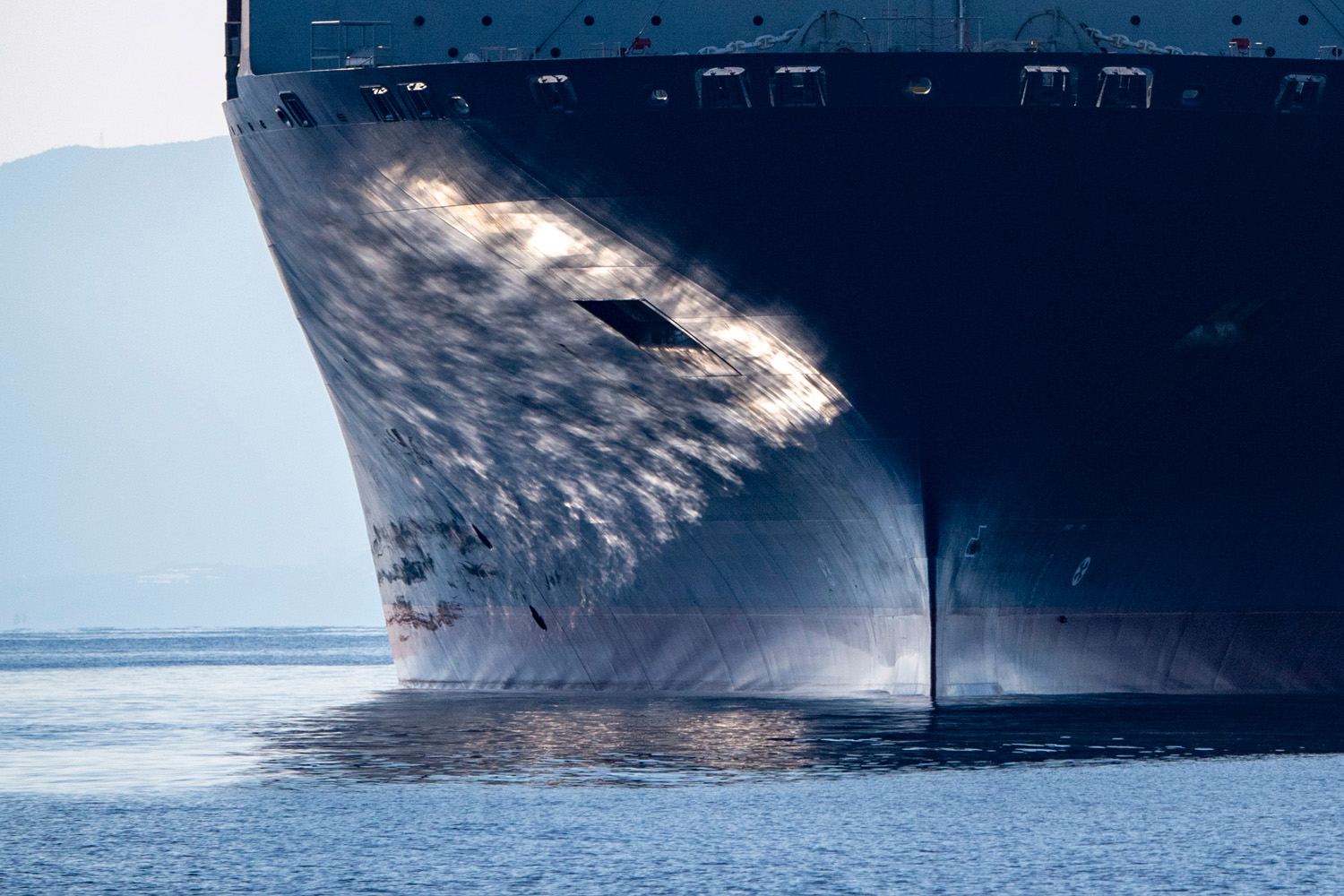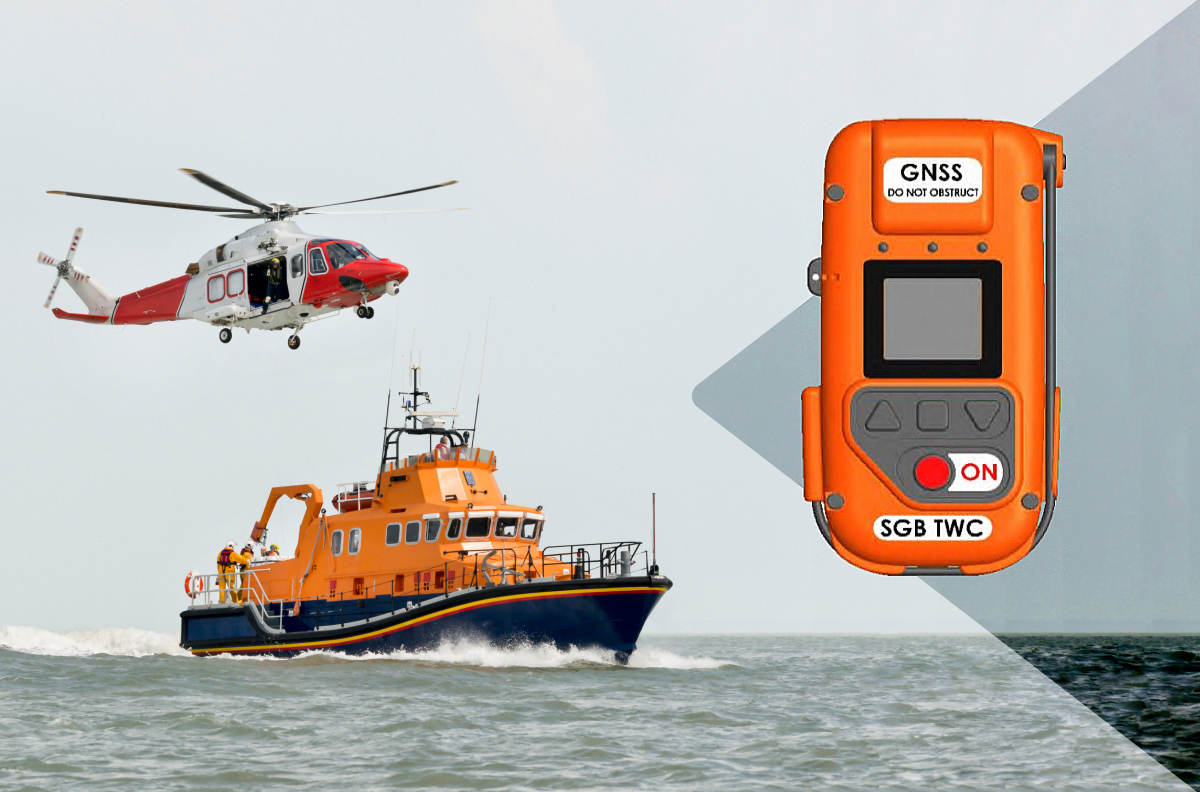Global Maritime Distress and Safety System
The Global Maritime Distress and Safety System (GMDSS) is a globally accepted and adopted set of rules protocols and prescriptions, which assure safety navigation and shipping. The GMDSS equipment is applied to increase safety and make it easier and faster to rescue distressed ships, boats and aircrafts. The GMDSS enables a ship in distress to send an alert using various radio systems. Thanks to this system the alerts has a very high contingency to be received by either shore rescue authorities and/or other vessels in the area.
Since the invention of radio at the end of the 19th century, ships at sea have relied on Morse code, invented by Samuel Morse and first used in 1844, for distress and safety telecommunications. But this mean appeared difficult and not reliable enough to assure the safety at sea in full volume.

So the International Maritime Organization (IMO), a United Nations agency specializing in safety of shipping and preventing ships from polluting the seas, began looking at ways of improving maritime distress and safety communications.
A new system, gone to rely on means of satellite and on-land radio services, besides, it has changed international distress notifications from ship-to-ship based to ship-to-shore (Rescue Coordination Center) based. The GMDSS assures capability of vessels of automatically distress alerting and locating for the cases where there is no time to send an SOS or MAYDAY call. And, for the first time, the system requires ships to receive broadcasts of maritime safety information that could prevent a distress, which became a primary target. In 1988, IMO amended the Safety of Life at Sea (SOLAS) Convention, requiring ships subject to it obligatory fit GMDSS equipment. Such ships were required to carry NAVTEX and satellite EPIRBs by August 1, 1993, and had to fit all other GMDSS equipment by February 1, 1999. US ships were allowed to apply GMDSS in lieu of Morse telegraphy equipment by the Telecommunications Act of 1996.
The GMDSS has introduced new technology which has completely transformed maritime radio- communications. The new system enables a distress alert to be transmitted and received automatically over long range, with a signi cantly higher reliability.
The GMDSS composes of different systems, some of which are new, but many of which have been in use long before. The system is intended to perform the following functions: alerting (including position determination of the unit in distress), search and rescue coordination, locating (homing), maritime safety information broadcasts, general communications, and bridge-to-bridge communications. Specific radio carriage requirements depend upon the ship's area of operation, rather than its tonnage. The GMDSS also considers back-up instrumentation of distress alerting, and emergency sources of power.
Recreational vessels do not need to comply with GMDSS radio carriage requirements, but should increasingly use the VHF radios with Digital Selective Calling (DSC). Vessels under 300 Gross tonnage (GT) are not subject to GMDSS requirements.
GMDSS equipment must be simple to operate and (wherever appropriate) be designed for unattended operation.
Distress Alerts must be able to be launched from the position where the ship is usually navigated (ie; the bridge). Also EPIRBs are required to be installed close to that place, or be capable of remote activation.
A simplified version of the equipment required by SOLAS to be carried on board for each sea area is described below.
Because the different radio systems incorporated into GMDSS have individual limitations with respect to range and service provided, the equipment required to be carried by a ship is determined by the ship’s area of operation. The GMDSS has divided the world’s oceans into four distinct areas. All vessels are required to carry equipment appropriate to the sea area or areas in which they trade.
GMDSS operational areas:
Area A1
within the radiotelephone coverage of at least one VHF coast station in which continuous VHF DSC alerting is available;
Area A2
within the radiotelephone coverage of at least one MF coast station in which continuous MF DSC alerting is available (excluding sea area A1);
Area A3
within the coverage area of an INMARSAT geostationary satellite in which continuous alerting is available (excluding sea areas A1 and A2); and
Area A4
the remaining sea areas outside areas A1, A2 and A3 (basically, the polar regions).
GMDSS ships are required to carry the following minimum equipment:
A VHF radio installation capable of transmitting DSC on channel 70, and radiotelephony on channels 16, 13 and 6. (see Note 1).
One SART if under 500 GRT, 2 SARTs if over 500 GRT.
Two portable VHF transceivers for use in survival craft if under 500 GRT, three if over 500 GRT.
A NAVTEX receiver, if the ship passes in any area where a NAVTEX service is provided.
An Inmarsat EGC receiver, if the ship is engaged on voyages in any area of Inmarsat coverage where MSI services are not provided by NAVTEX or HF NBDP (see note 2).
A 406 MHz EPIRB
Note 1 - Voice watch is effectively required on channel 16 until further notice.
Note 2 - in practice, this means that all GMDSS A3 and A4 vessels are required to carry at least one Inmarsat C system.
Radio equipment - Sea area A1
Every ship engaged on voyages exclusively in sea area A1 shall be provided with the minimum equipment specified previously.
Radio equipment - Sea areas A1 and A2
Every ship engaged on voyages beyond sea area A1, but remaining within sea area A2, shall be provided with the minimum equipment specified previously, plus:
An MF radio installation capable of transmitting and receiving on the frequencies 2187.5 kHz using DSC and 2182 kHz using radiotelephony; and
a DSC watchkeeping receiver operating on 2187.5 kHz.
The ship shall, in addition, be capable of transmitting and receiving general radiocommunications using radiotelephony or direct-printing telegraphy by either:
A HF radio installation operating on working frequencies in the (marine) bands between 1,605 kHz and 27,500 kHz. (This requirement is normally fulfilled by the MF equipment referred to earlier - all GMDSS MF transceivers also cover HF) OR
Radio equipment - Sea areas A1, A2 and A3
These vessels have two options to satisfy their GMDSS requirements. The options allow a vessel to choose from the primary method to be used for ship-shore alerting;
Every ship engaged on voyages beyond sea areas A1 and A2, but remaining within sea area A3 shall be provided with the minimum equipment specified previously, plus either:
An Inmarsat C ship earth station :
An MF radio installation and 2187.5 kHz DSC watchkeeping receiver (can be the same one as required for A2);
OR
An MF/HF radio installation capable of transmitting and receiving on all distress and safety frequencies in the (marine) bands between 1,605 kHz and 27,500 kHz using DSC, radiotelephony and NBDP.
An MF/HF DSC watchkeeping receiver capable of maintaining DSC watch on 2,187.5 kHz, 8,414.5 kHz and on at least one of the distress and safety DSC frequencies 4,207.5 kHz, 6,312 kHz, 12,577 kHz or 16,804.5 kHz; at any time, it shall be possible to select any of these DSC distress and safety frequencies
AND
Ships shall be capable of transmitting and receiving general radiocommunications using radiotelephony or direct-printing telegraphy by an MF/HF radio installation operating on working frequencies in the (marine) bands between 1,605 kHz and 27,500 kHz. This requirement is normally fulfilled by the addition of this capability in the MF/HF equipment referred to earlier - there is no MF only equipment made.
Means of ensuring availability of ship station equipment
Regulation 15 of the SOLAS GMDSS regulations defines 3 methods to ensure availability of GMDSS equipment at sea;
At sea electronic maintenance, requiring the carriage of a qualified radio/electronic officer (holding a GMDSS First or Second class Radio-Electronics Certificate) and adequate spares and manuals;
Duplication of certain equipment; or
Shore based maintenance
Ships engaged on voyages in sea areas A1 and A2 are required to use at least one of the three maintenance methods outlined above, or a combination as may be approved by their administration. Ships engaged on voyages in sea areas A3 and A4 are required to use at least two of the methods outlined above.
And of course what all that means is that 99% of A3 GMDSS ships, along with probably 100% of A1 and A2 GMDSS ships do not opt for at sea maintenance - they either duplicate the equipment and use shore based maintenance (for A3 ships), or use shore based maintenance only (A1 and A2 ships).
Equipment to be duplicated for area A3 vessels
GMDSS ships operating in A3 areas are required to provide the following duplicated equipment;
Two complete VHF installations (including DSC), and either;
Two complete Inmarsat C systems and one MF radio system, or;
One complete Inmarsat C system and one complete MF/HF radio system (including a scanning DSC receiver and NBDP equipment).
Many GMDSS ships opt for the latter option (1 Inmarsat C and one MF/HF DSC system), on cost grounds. Unfortunately, this has proven to be one of the underlying causes of the present extremely high false alerting rate on some GMDSS systems.
Power supply requirements
GMDSS equipment is required to be powered from three sources of supply:
- ship's normal alternators/generators;
- ship's emergency alternator/generator (if fitted);
- a dedicated radio battery supply.
The batteries are required to have a capacity to power the equipment for 1 hour on ships with an emergency generator, and 6 hours on ships not fitted with an emergency generator.
The batteries must be charged by an automatic charger, which is also required to be powered from the main and emergency generators.
Changeover from AC to battery supply must be automatic, and effected in such a way that any any data held by the equipment is not corrupted (ie: "no break").
Operator qualifications
There are a number of different types of GMDSS qualifications, as follows:
- First Class Radio-Electronic Certificate;
- Second Class Radio-Electronic Certificate; and
- GMDSS General Operator's Certificate
The First and Second Radio-Electronic Certificates are diploma and associate diploma level technical qualifications. They are designed for Ship's Radio-Electronic Officers, who sail on GMDSS ships, which use the option of at-sea electronic maintenance.
The GMDSS General Operator's Certificate is a non-technical operator qualification, designed for Navigating Officers.
The GMDSS General Operator's Certificate is normally awarded after a ten days course and examination.





Be the first to comment